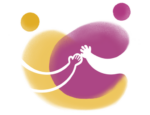Finalizing The Experience Direction
We started the week by finalizing our design direction. We learned last week that our client likes the train building fantasy because it ties heavily into the GKTW IP and fantasy with the JJ Express. We also know that they wanted the experience to focus on exploration – a space where kids can learn passively, while thinking they’re playing a game. To achieve those goals, we decided to move forward with a slightly different experience than what we proposed before.
We are developing a modular train building experience where kids and their families can design their own trains and test them in a virtual environment. Physically, the experience will consist of a number of different workbenches and a final testing station, which will be positioned around the room. Each workbench has a unique interaction that will add pieces to the train, alter the train’s appearance, or otherwise modifies the train. We believe it’s important for each of our changes to be represented visually, even if we abstract away some of the reality of a train, such that our guests will understand the changes they are making in virtual space.
Additionally, each guest will be given an unique RFID card that stores the train’s information. Scanning the card at each bench will bring out the train attached to that card, and guests can interact with their train at that station. The gif below illustrates this interaction.
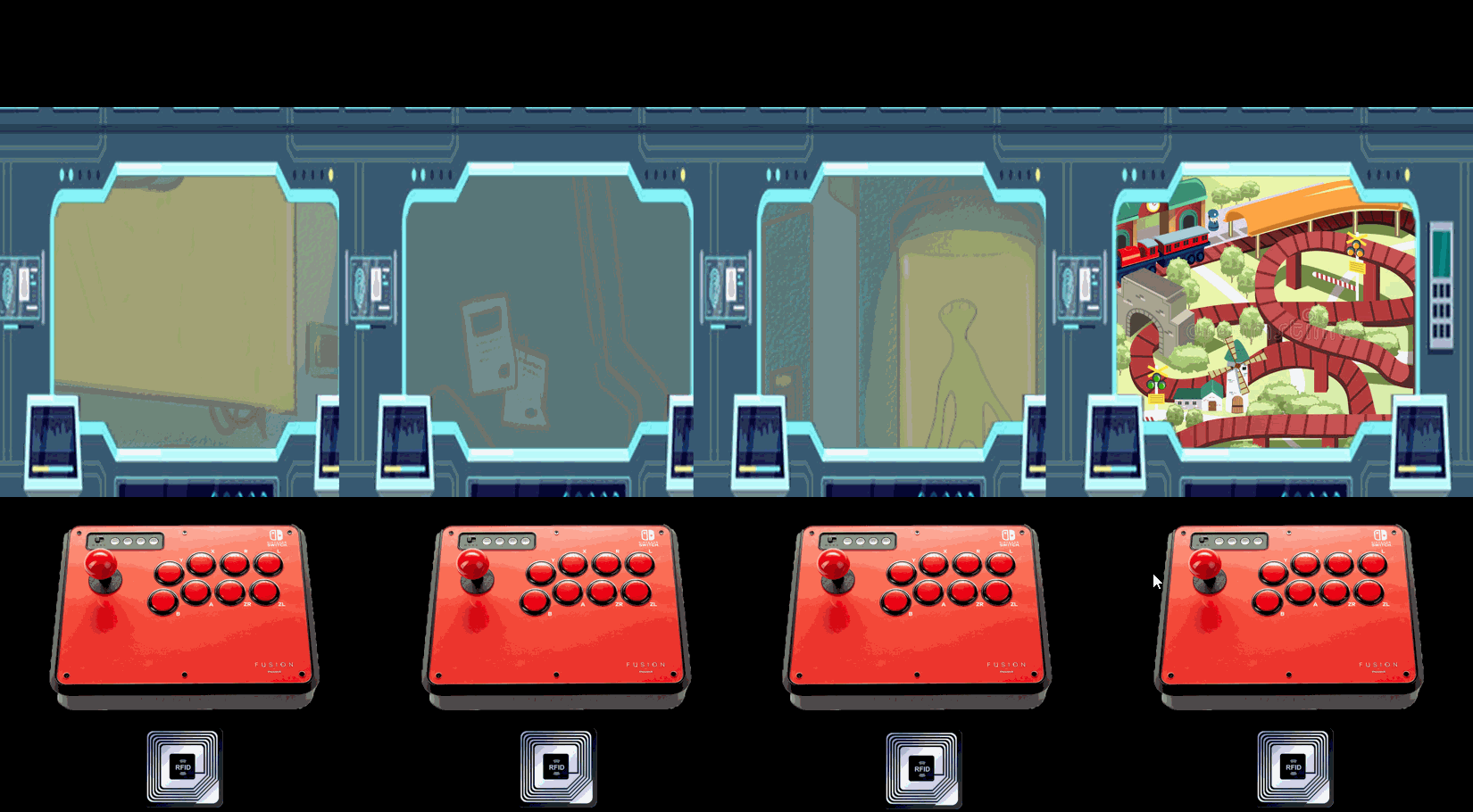
After brainstorming different potential interactions, we have decided to move forward with the first two workbenches being gear installation and color painting. We have not yet decided on a third interaction.
At the gear installation station, guests will determine the power of the train by combining different gear sizes. The ordering of the gears on the gear train will impact the train’s speed and torque, leading to changes in the final simulation.
At the color painting station, guests will select colors using RGB sliders and then turn the different components of their train to the desired colors. We believe there is potential for this interaction to be expanded as well, perhaps introducing stickers or patterns to the train.
Although we have not settled on a definitive direction for the third station, we started prototyping the first two stations with the intention to conduct our first major playtest on Friday.
Prototyping
On the programming side, we prototyped a 6-unit modular gear installation system, and two versions of color painting system, as shown below.
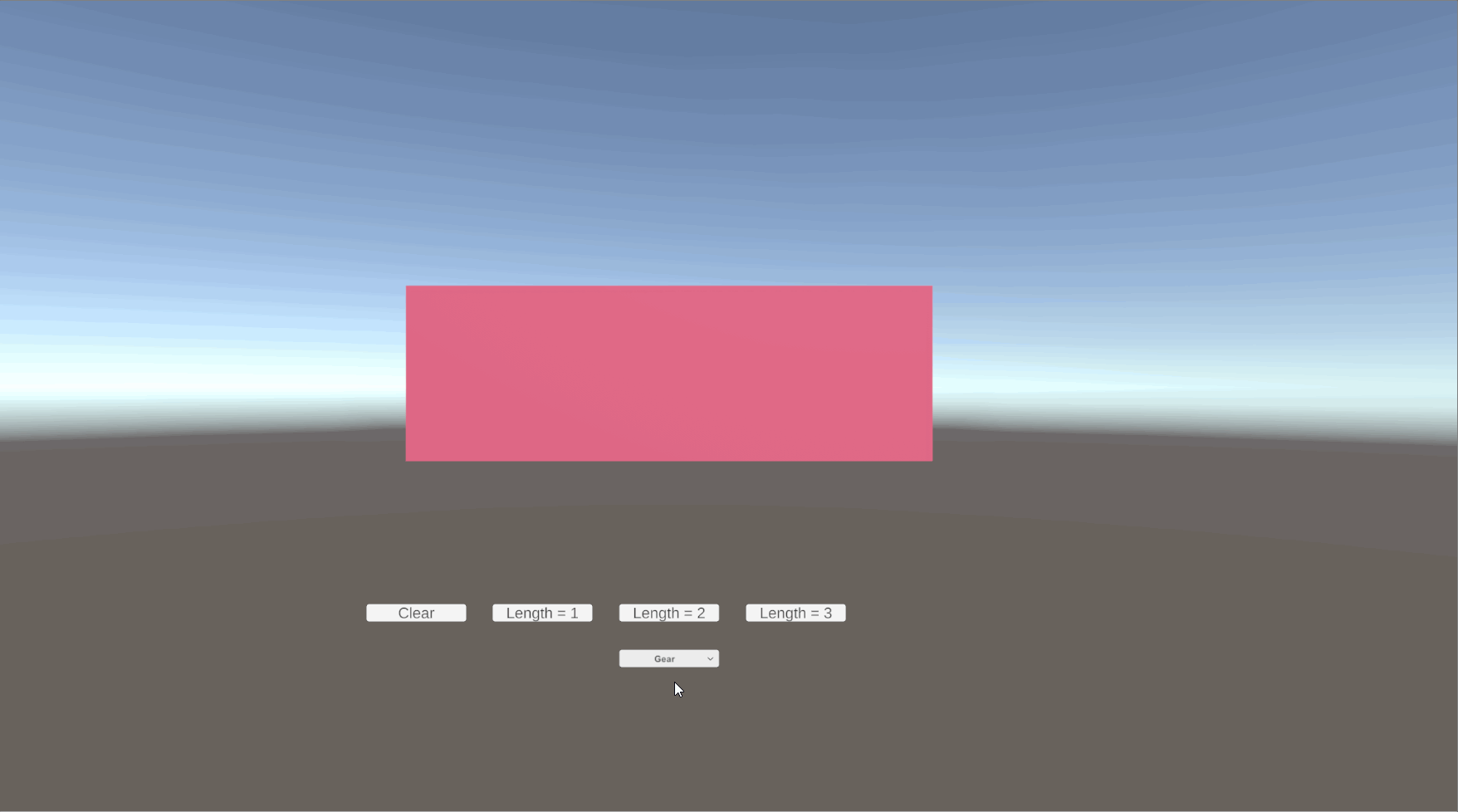
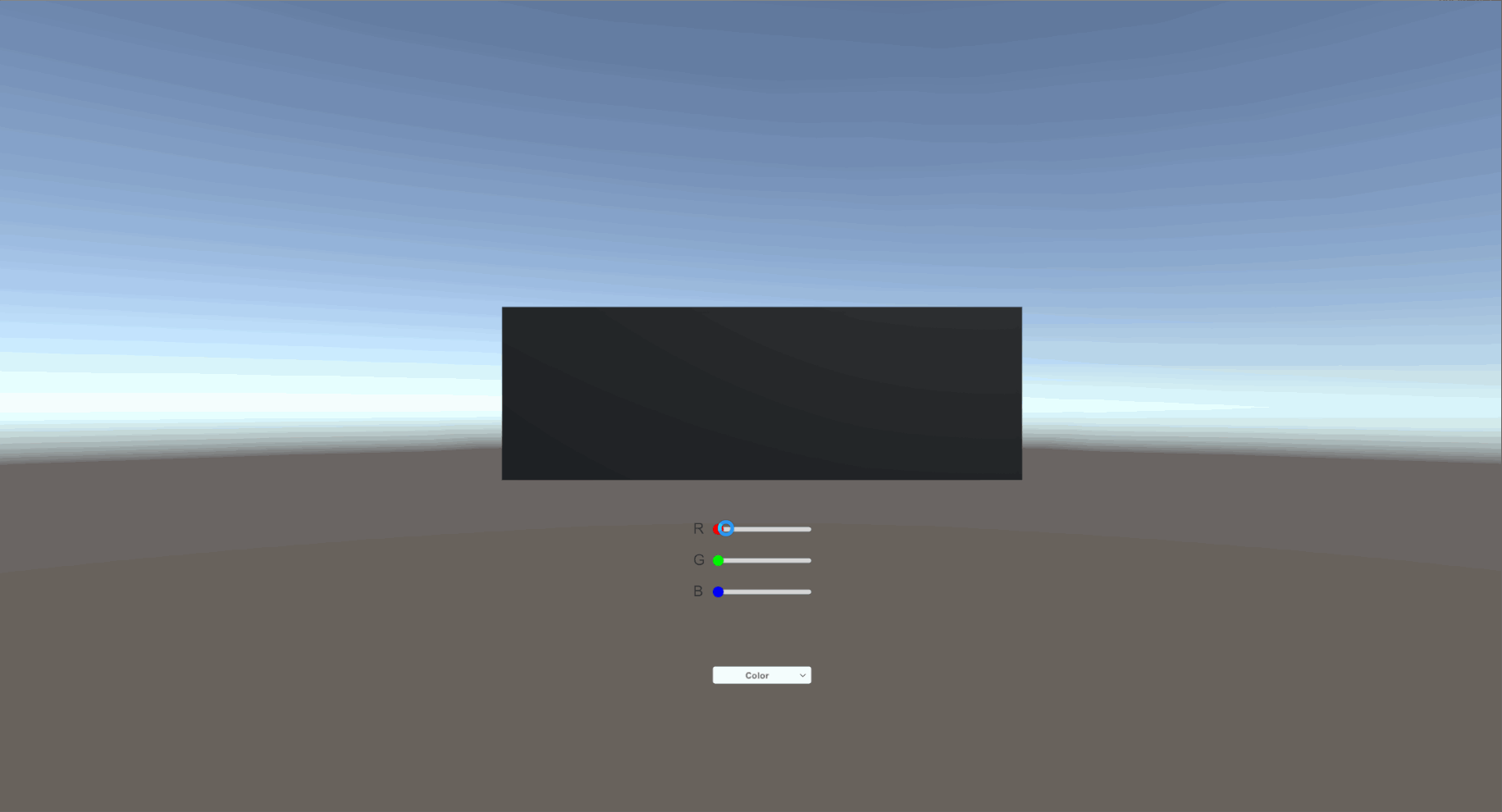
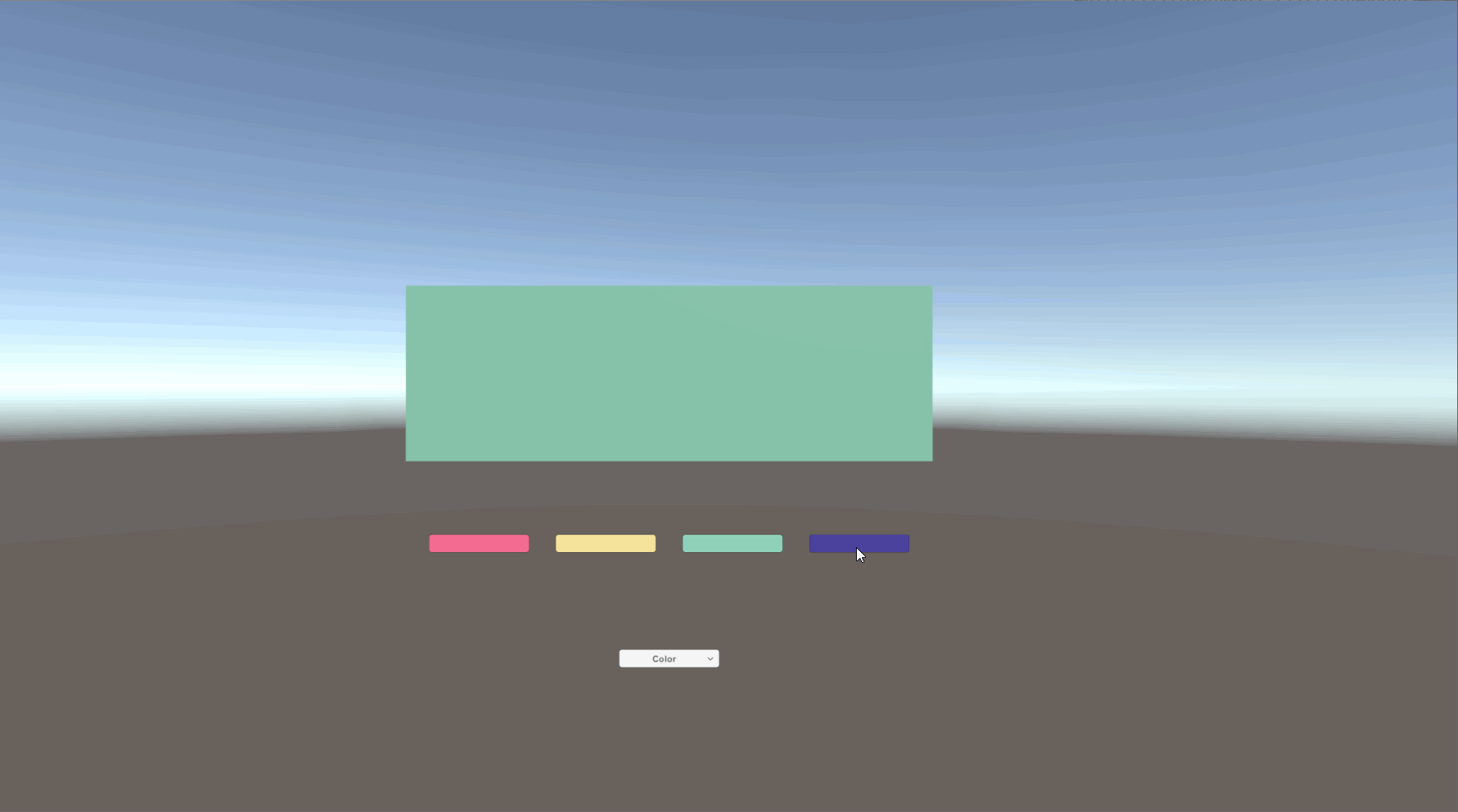
We then mapped out a rough layout of the lab environment – what we plan to have projected on the walls of the room. The train can move between four windows, and each window will correlate with one of our interactions.
On the physical side we built two different sizes of workbenches out of cardboard. We plan to use our playtest at the end of the week to examine out which size they prefer.
The two sizes were determined based on the room layout, which essentailly has a regular 16-gon footprint. Our proposed tables stretch across one edge of the 16-gon, or two edges of the 16-gon, allowing them to be modular within the space and tesselate around the edge of the room.
First Round of Playtesting
On Friday, we conducted our first round of playtesting with 15 ETC students and faculty members. We asked them to sit in wheelchairs to emulate the mobility constraints of our target audience, and asked them to interact with our physical protoypes. Because we have not yet set up circuitry, we simulated button presses and movements using a keyboard and mouse. Our primary goals for this playtest were as follows:
– Learn how intuitive our current experience was
– Whether our physical bench designs could adequately accomodate guests in wheelchairs
– Learn about guests’ desires for the final visualization of the train they had designed

